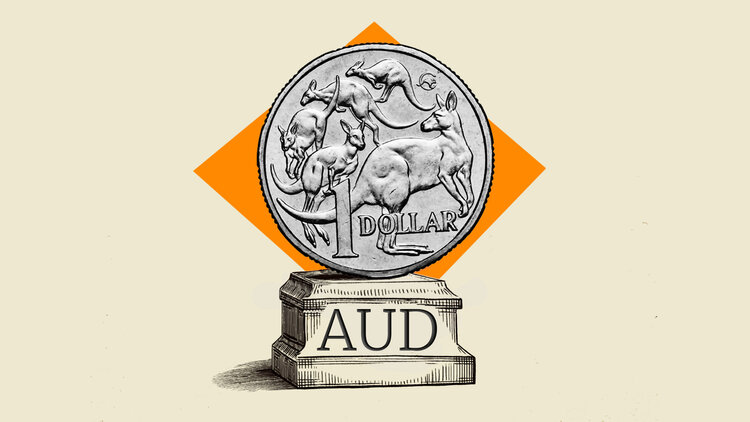Before the global financial crisis, AUD and NZD were considered the favored carry currencies, especially funded out of low-yielding names in APAC. However, equilibrium rates have fallen quite sharply over the past two decades as the commodity super-cycle ends and positioning has not been as favorable, BNY’s Macro Strategist Geoff Yu reports
Domestic productivity challenges drive caution from the RBA
“Even when the RBNZ had the highest rates among G10 economies, overall holdings struggled to break into positive, though AUD has had periods of sufficient holdings gains. Year to date, we can see that flows in both currencies have been very well aligned. The strongest period of inflows was in the immediate aftermath of Liberation Day.”
“Given the cross-border nature of the flows, we suspect that they are more aligned with hedges being unwound. Improved real yields as inflation falls is also not sufficient to generate interest in cash bonds – a surprise considering AUD’s favorable ratings and market liquidity in ACGBs. We continue to see AUD and NZD becoming better aligned with APAC currencies over the longer term.”
“Australia has turned around its balance of payments, while New Zealand’s efforts in raising real rates through fiscal retrenchment is also conducive to bond performance. Commodity terms of trade will remain weak, but sustained gains in the currencies of APAC goods exporters will be reflationary for Australia and New Zealand through the external demand channel. Domestic productivity challenges continue to drive caution from the RBA amid their surprise hold and the RBNZ’s outlook, but tradables inflation will also start to bottom out and support antipodean real effective exchange rates.”
Read the full article here


